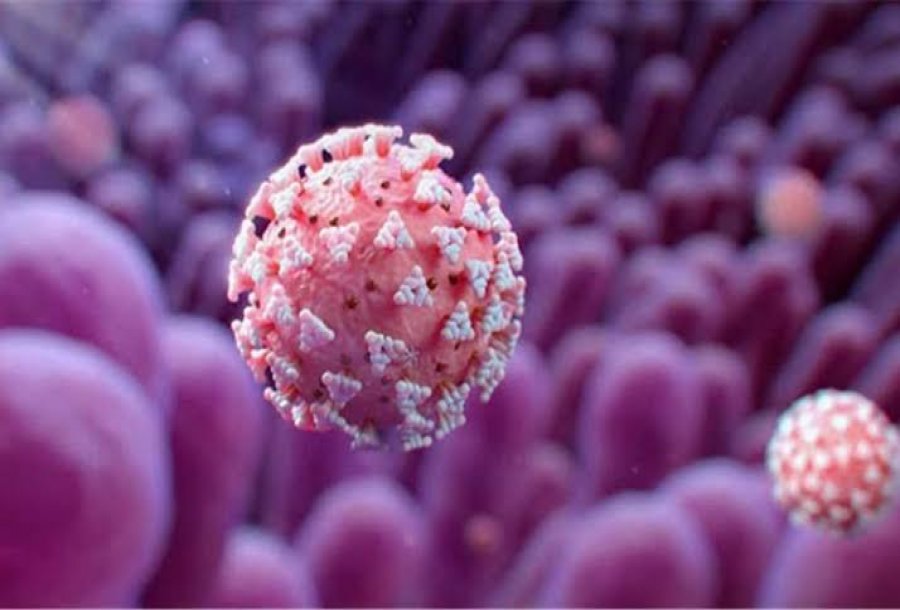As of today, there are two clusters of COVID-19 patients. One is the group of patients experiencing symptoms such as fever, loss of sense of smell and taste, cough, breathlessness, etc. These patients are known as symptomatic patients. Another group of patients who do not experience any symptoms after the COVID-19 infection and get well on their own without any treatment requirement are known as asymptomatic patients. The controversy around asymptomatic patients has been doing rounds for months. Finally, scientists have a concrete answer to it.
A new research study claims that asymptomatic patients who are suffering from COVID-19 are less likely to transmit viral droplets to the people in their close proximity. This research has added evidence to other theories claiming the same. The study has been published in the journal, Annals of Internal Medicine. According to it, the transmission of coronavirus through asymptomatic patients has not been well-estimated. Researchers from Southern Medical University, China, claim, “We wanted to evaluate the risk of transmission of Sars-CoV-2 to close contact of persons infected with COVID-19 in the Guangzhou region.”
To evaluate the risk of transmission, the team tracked over 3,490 people who came in contact with the 391 COVID-19 index patients between the months of January and March. According to the results, the rate of transmission of coronavirus to people in the close proximity of asymptomatic patients is less than four percent. Furthermore, the secondary transmission was even rarer in public transportation.
The researchers also found that people who had severe comorbidities we’re more likely to transmit the virus to other people than the ones who don’t. Moreover, asymptomatic patients are the least likely to transmit the infection. Certain symptoms such as expectoration are also associated with a high risk of COVID-19 transmission.
The team further said, “In conclusion, we found that the secondary attack rate of COVID-19 was relatively low and household contacts were at higher risk of transmission. Moreover, patients with clinically severe cases or those with symptoms we’re more likely to infect their close contact than the asymptomatic patients.”

